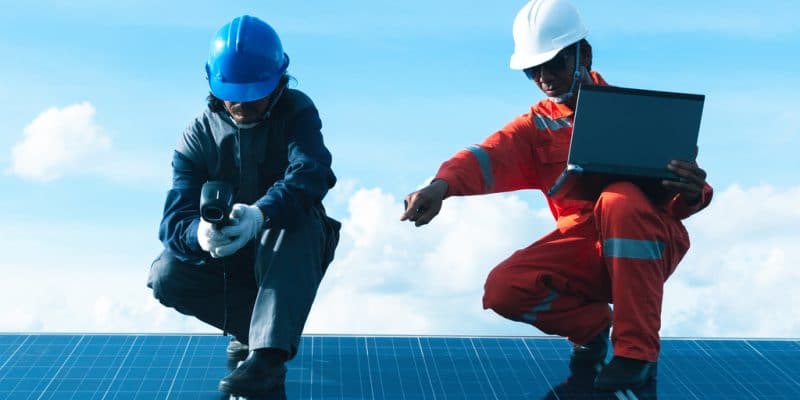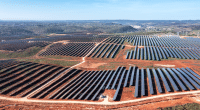A solar power station will soon see the light of day in Malawi. The infrastructure will have a capacity of 60 MW and will supply electricity to the inhabitants of Kanzimbe. Construction works began on December 3, 2018.
A project to build a solar power plant in the Kanzimbe locality has just been launched. The plant will have a capacity of 60 MW. It is one of the government’s actions in response to the problem of access to energy in Malawi. Its construction is provided by JCM Matswana Solar Energy, the national electricity company.
For the Malawian President Peter Mutharika, the structure is a key step in the process of facilitating access to electricity. “I am concerned about the problems of the electricity sector because they affect all other sectors. That is why my government is actively working to make additional investments in the sector. “, he said at the launching of the project.
The energy sector in Malawi: A myriad of challenges ahead
Access to energy remains a serious problem on the agenda of Malawian decision makers. Only 4% of the population is connected to the national electricity grid. This southern African country has one of the lowest levels of electricity consumption in the world. In 2016, the country produced 2.1 billion kWh per year and supplied its neighbours, including Mozambique and Zambia.
The overall access rate to electricity is currently 11%, including off-grid, with a total installed capacity of 372 MW. But more and more, Malawi wants to take advantage of its energy potential to light up the population and thus invest more and more in the sola sector. In November 2018, for example, the US company, Power Engineers was selected by the government to conduct a feasibility study for a solar energy project in Golomoti (about 100 km southeast of Lilongwe, capital of Malawi). The future solar power plant will have a capacity ranging between 17 and 40 MW. Gradually the access rate to electricity could thus increase to 30% in 2030 and 60% in 2040; it is, however, the stated objective.
Luchelle Feukeng






